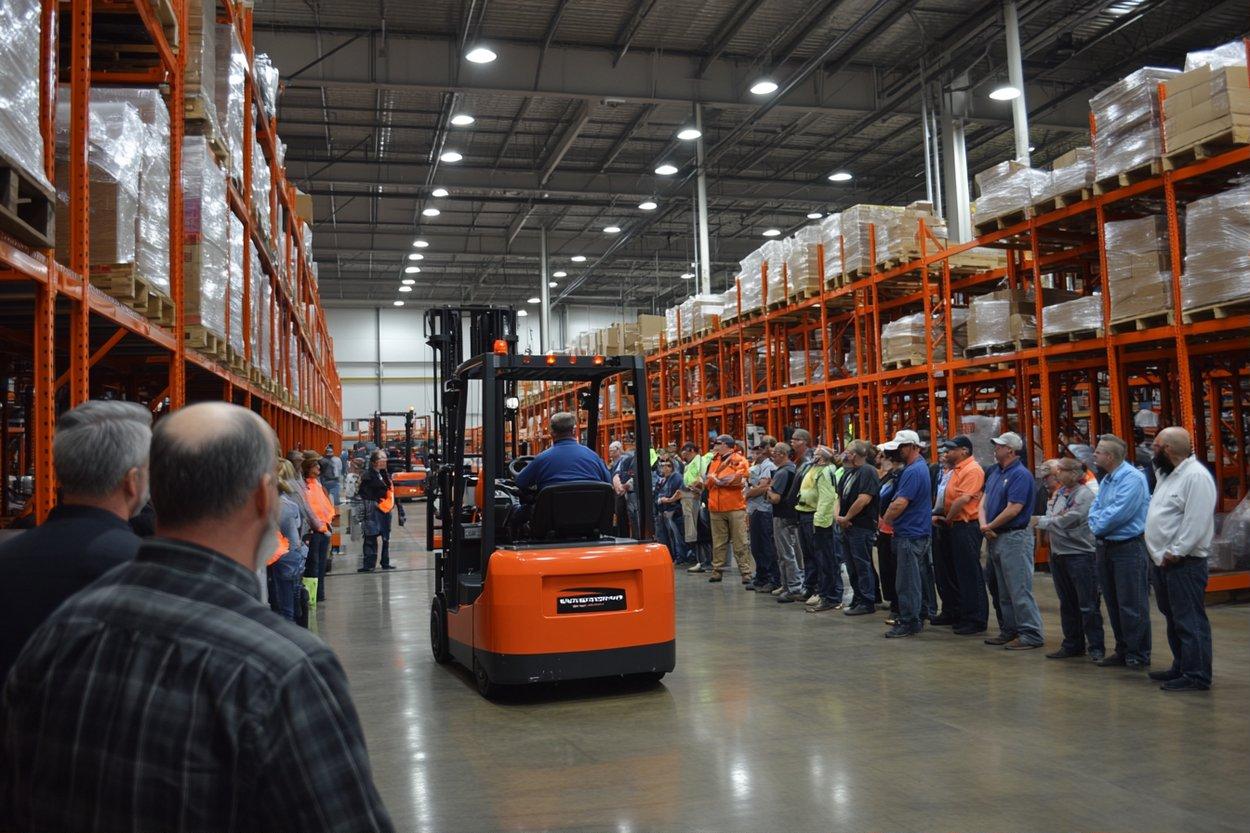The Untapped Potential of Industrial Real Estate Investment
Industrial real estate investment may not be the most glamorous sector in the property market, but it certainly offers substantial potential for savvy investors. From warehouses and factories to distribution centers and flex spaces, the industrial real estate market is vast and diverse. Let's delve into the history, current trends, and future opportunities of this often overlooked area of real estate.

History and Evolution of Industrial Real Estate
The industrial real estate market has a rich history that dates back to the industrial revolution. With the advent of mechanized production, the need for large-scale industrial properties grew exponentially. However, it wasn’t until the 20th century that industrial real estate began to evolve into a lucrative investment opportunity.
Investors started realizing the potential in leasing these properties to businesses, often for long-term contracts, which led to a stable income stream. Over time, the industrial real estate sector has evolved to accommodate the changing needs of businesses, from traditional manufacturing plants to modern warehousing and distribution centers.
Current Market Trends and Analysis
In recent years, the industrial real estate market has experienced significant growth, primarily driven by the exponential rise in e-commerce. As consumers increasingly shop online, the demand for warehouses and distribution centers has surged, pushing up rental rates and property values.
An analysis from Prologis, a global leader in logistics real estate, suggests that e-commerce requires 1.2 million square feet of distribution space for every $1 billion in sales. This trend is expected to continue, making industrial real estate a potentially lucrative investment.
Opportunities and Challenges in Industrial Real Estate
Industrial real estate offers several advantages for investors. These include long-term leases, lower operating expenses compared to other property types, and a high potential for capital appreciation. Additionally, the rise in e-commerce and advancements in logistics technology are expected to fuel demand for industrial properties.
However, investing in industrial real estate is not without its challenges. For one, these properties are often located outside city centers, where land is cheaper but demand may be lower. Secondly, as these properties are designed for specific industrial uses, they may require significant investment to repurpose for other uses if the tenant leaves.
Impact on Real Estate Market
Despite these challenges, the potential impact of industrial real estate on the broader property market is profound. As retail and office sectors face uncertainty due to changing consumer behaviors and remote work trends, industrial real estate offers a more stable and promising investment outlook.
In conclusion, while industrial real estate may not have the same allure as residential or commercial properties, its potential for stable returns and growth make it an attractive option for investors. As with any investment, thorough research, due diligence, and a clear understanding of market trends are crucial to success.




